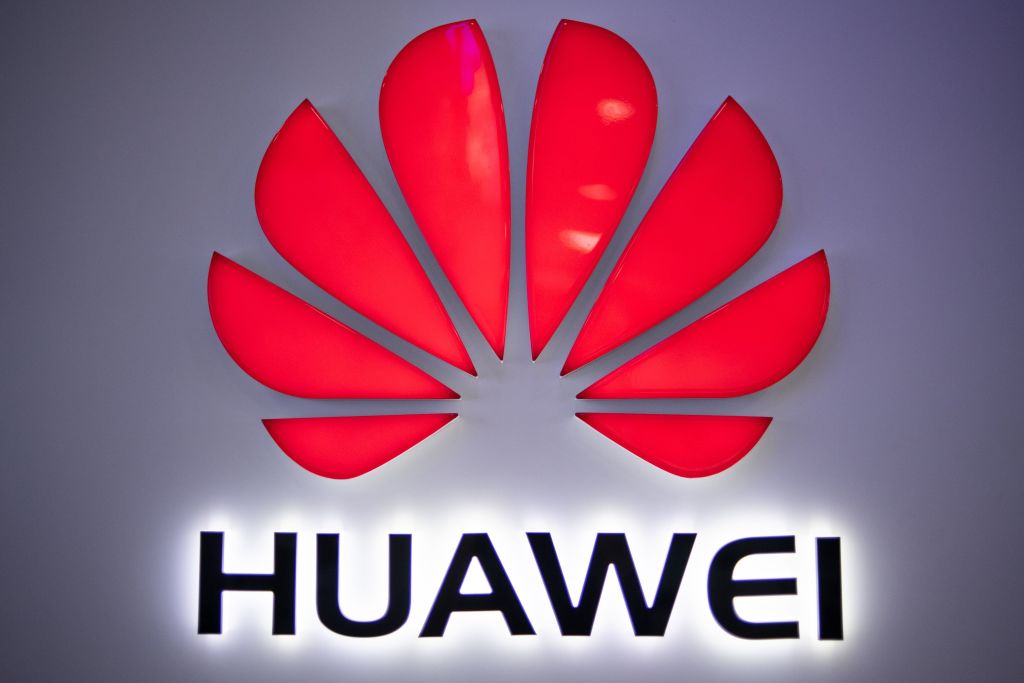As with any cell phone contract, the devil is in the small print – and that perhaps is the case with the UK government’s announcement today on Huawei.
On the face it is, Tuesday’s ban is very good news. Huawei, the Chinese telecoms giants whose detractors claim is a front for the Chinese Communist party’s desire to dominate UK and global advanced telecoms, needs to be out of the UK’s 5G network by later this decade — 2027 — while no new Huawei kit will be sold into the 5G network after the end of this year.
However, the small print is critical and there is a catch — or two. BT and other major vendors can still put Huawei kit bought this year into the network until 2026. There is no rip-out date for old 3G or 4G and Huawei kit does not have to be out of the system until 2027, and if a week is a long-time in politics, seven years is a veritable lifetime. Earlier this week, Huawei were begging the government not to make any decision until after the next election. Huawei still have what they will see as a lifeline. They will still be in the network after the next election, even if their position would seem to be precarious.
So Huawei is down, but it is not out.
5G is part of the UK’s Critical National Infrastructure. In the not too distant future, it will enable driverless cars and machine-to-machine communication. It will become critical. Huawei, by the government’s own definition, is a high-risk vendor whose work has been heavily criticized by the oversight board set up to monitor it.
For several months the UK government has been caught between a rock and a hard place on Huawei. The rock was recent US economic sanctions, which means that Huawei can’t use the chips they want. The hard place is the 60 Conservative MPs who are part of the Huawei Interest Group who are deeply unhappy with Huawei’s presence in 5G. Some of those are also concerned about the Chinese state’s involvement in the UK’s Critical National Infrastructure.
The best-case scenario is that today’s announcement heralds a long, slow, Frank Sinatra-esque goodbye from Huawei — and high-risk vendors in our advanced comms networks — and a new era of open advanced comms architecture for UK and the West.
The worst-case scenario is that Huawei will sell as many kits as they can in the next six months in the UK and then seek to overturn the ban after the next election on grounds of cost; convenience, geopolitics, etc. It’s high risk, but what have they got to lose? We know Huawei have an extensive lobbying operation here, but due to our extraordinarily lax lobbying laws, we don’t know much more than that. By 2027 we will have moved onto 6G anyway.
Tory MPs on the Huawei Interest Group will have time to reflect this summer, Some, for good reason, will be happy with today’s announcement. Others, however, are still worried. Huawei and the Chinese Communist party are nothing if not tenacious.
Expect discussion with government this autumn in these areas of concern.
[special_offer]
First, given Huawei’s links to state security bodies in Xinjiang where the Communist state is carrying out deeply oppressive policies towards its Muslim minorities, is BT’s relationship with Huawei even legal? When I asked this several months ago, BT said they would get back to me. I’m still waiting for a reply. Second, some colleagues will argue that the 2027 date should morph to 2025. Third, there needs to be a rip-out date for older kit in 3G and 4G era kit, and finally, there should be a block on installing any Huawei kit, regardless when it was bought. None of the above even begins to question the implications of an irritated Chinese state in our advanced comms for over half a decade.
Huawei sneaked into this country 15 years ago, under the radar of ministers who were not informed until it was too late and then belatedly gave their blessing, perhaps for fear of losing face. Since then, some members of the great and good have taken Huawei’s shilling to help establish the company. The UK’s often-indebted telecoms firms have found Huawei’s cheap kit, funded by Chinese state credit lines, an unfortunate addiction.
The real lessons from this extended fiasco — and well done this government for at least trying to tackle it — is first, we should not have any high-risk vendors in our Critical National Infrastructure, and second; we need to take a more long-term and strategic view of our national interest. Stumbling into strategic decisions brings consequences.


















